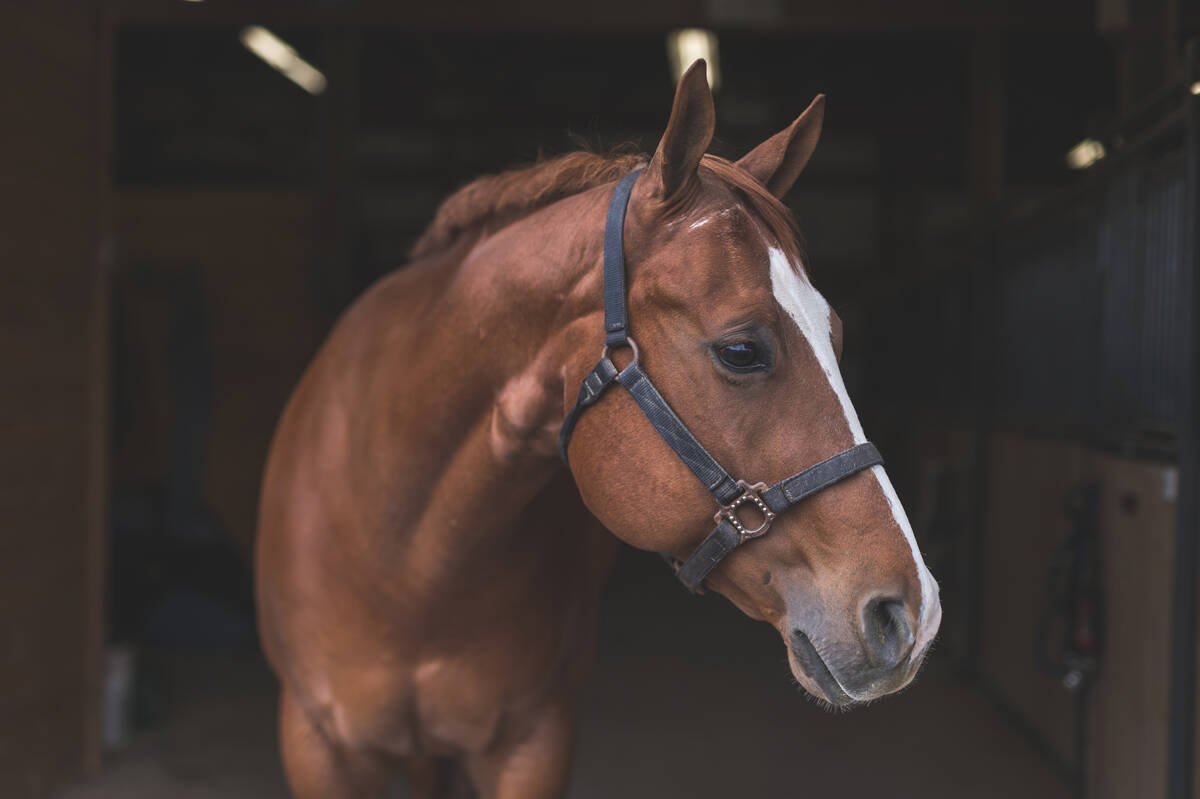Corn can be a good option for cattle feed, as long as producers consider all the things they must do in order to grow and feed it, particularly in this colder climate, says Bart Lardner, a senior research scientist at the Western Beef Development Centre.
There are many factors to consider, Lardner said in a presentation at the recent Western Grazing Conference.
Corn is a warm-season crop and does most of its growing when the temperature rises above 25 C. That means finding a variety of corn that works with the number of heat units available in your area. A hot, muggy July and August is the best period for corn to grow.
Read Also

Canada’s slaughter horse industry lacks transparency
Horse slaughter is a fraught issue right now in the Canadian livestock sphere. The author writes that, while it has a role, traceability, transparency and humane handling must be in play.
“You need to get it into the ground early enough,” Lardner said. “If you can get it into the ground in May, you’re better off than if you get it into the ground in June.”
Seeding rate is about 30,000 seeds per acre and proper seeding temperature is paramount.
“If you seed it in cold dirt, it will just sit there and rot. It won’t germinate,” he said.
Until knee-high and with three or four leaves, corn has a hard time competing against weeds, especially green foxtail. Competition can reduce yield, so a good chemical weed control program is necessary. Corn should grow to full cob, as the other stages will not provide many benefits to cattle.
Corn is unique because it actually becomes better as it matures, said Lardner. Most crops will decline as they mature, but corn just shifts its energy from the stalk to the leaf to the cob.
“The quality in terms of energy actually increases,” he said. “The protein goes down a little bit but the energy will shift and increase.”
He cautioned producers to watch that their cows don’t eat too much as it will cause them to founder on grain. Nitrates can also be a problem with corn, similar to problems found when feeding barley and oats.
“It is a great crop because its quality is there. It meets the requirements of cows during the first and second, and up to the third trimester of pregnancy,” Lardner said.
Lardner also cautioned producers to have another grazing option until they feel comfortable growing corn, in order to avoid a wreck. Early frost in August can be devastating to a corn crop. He said a producer can get at least 200 animal units per acre on a corn crop. The crop can also be strip grazed using electric fencing. Cows are very selective and will pick cobs off.
“You got to hold them on that acre, and they will clean up the stalk and stover and maximize those grazing days per acre,” he said.
———
Ifyouseeditincolddirt,itwilljustsitthereandrot.Itwon’tgerminate.”
BART LARDNER
RESEARCH SCIENTIST















